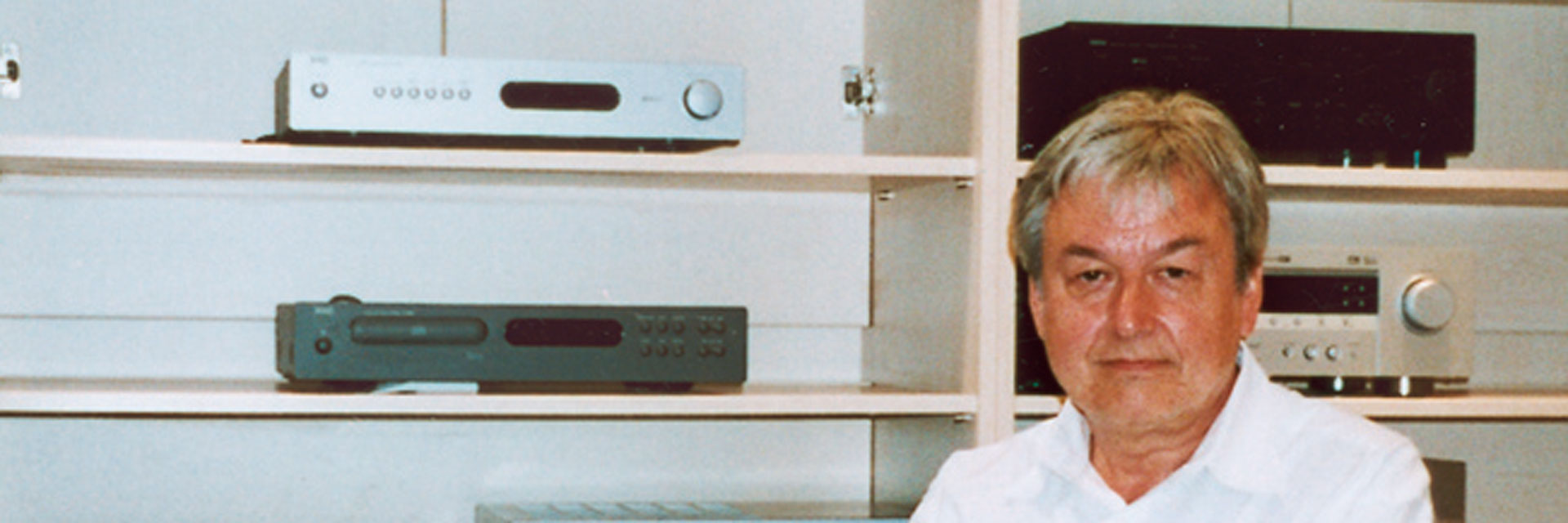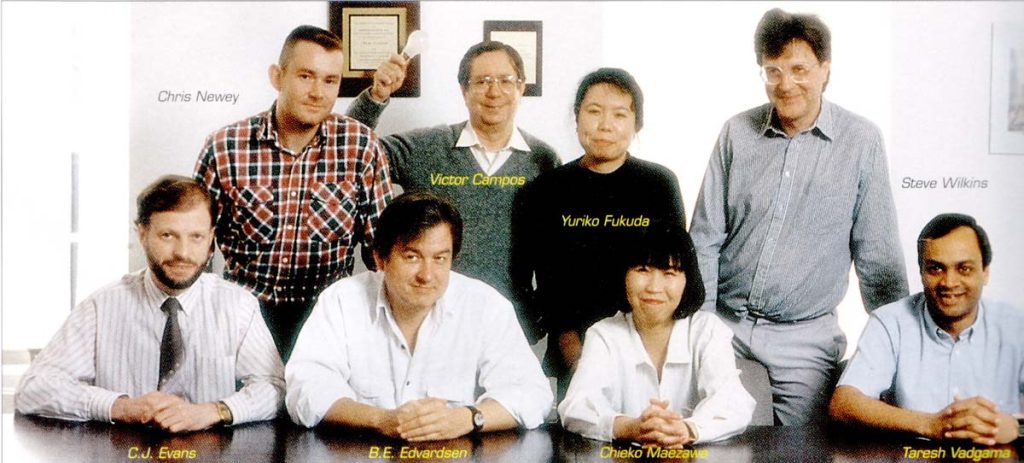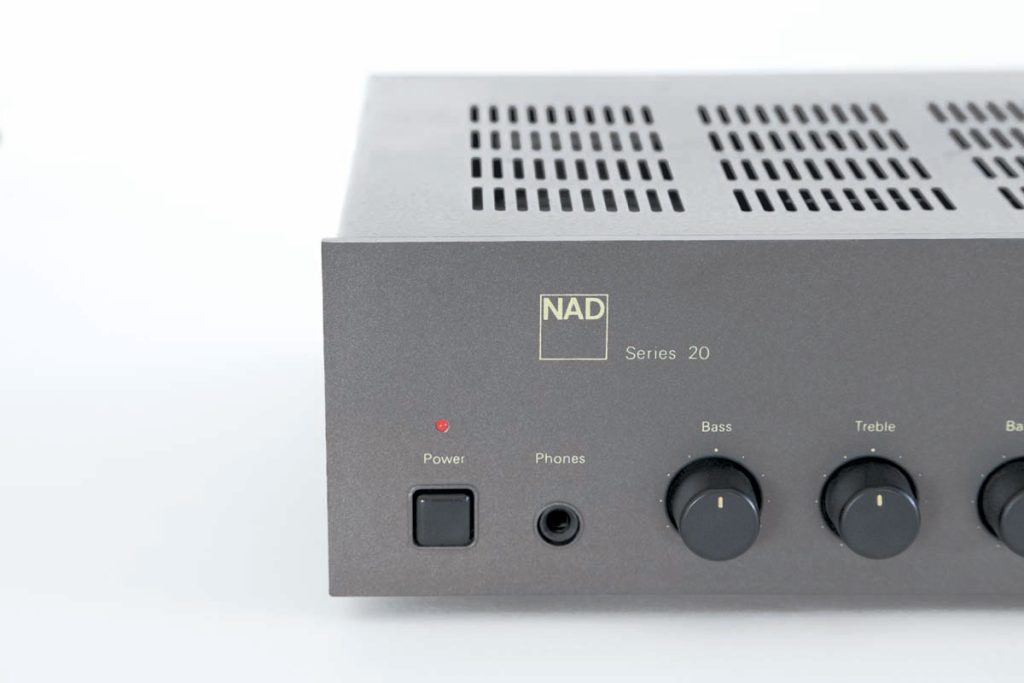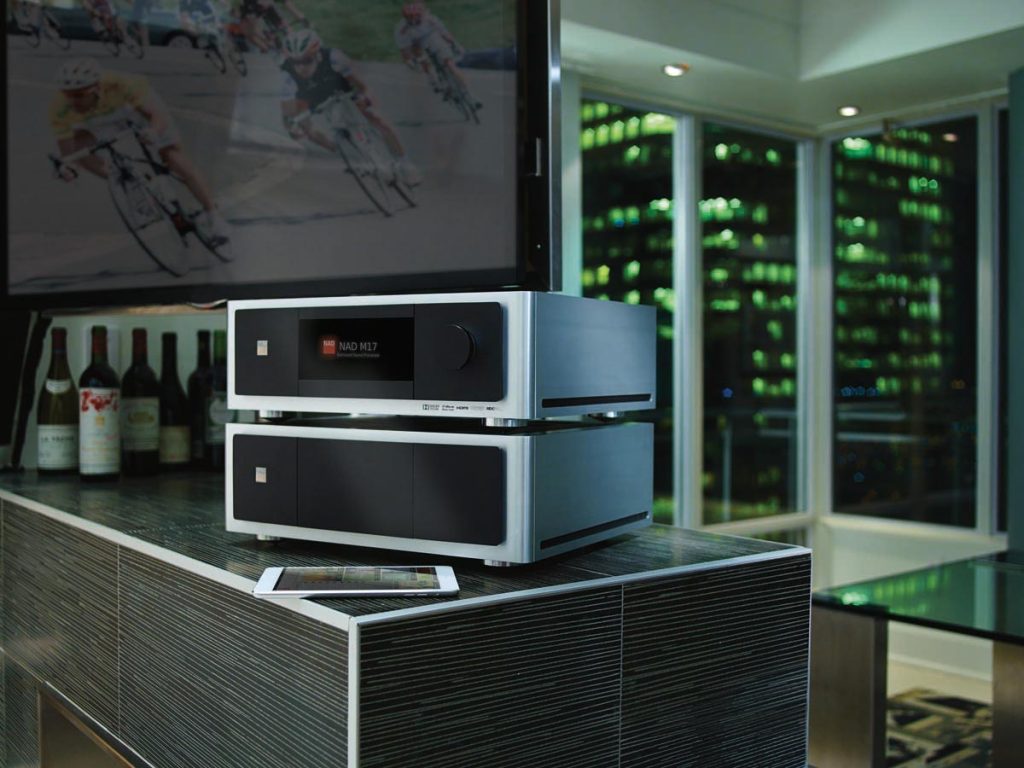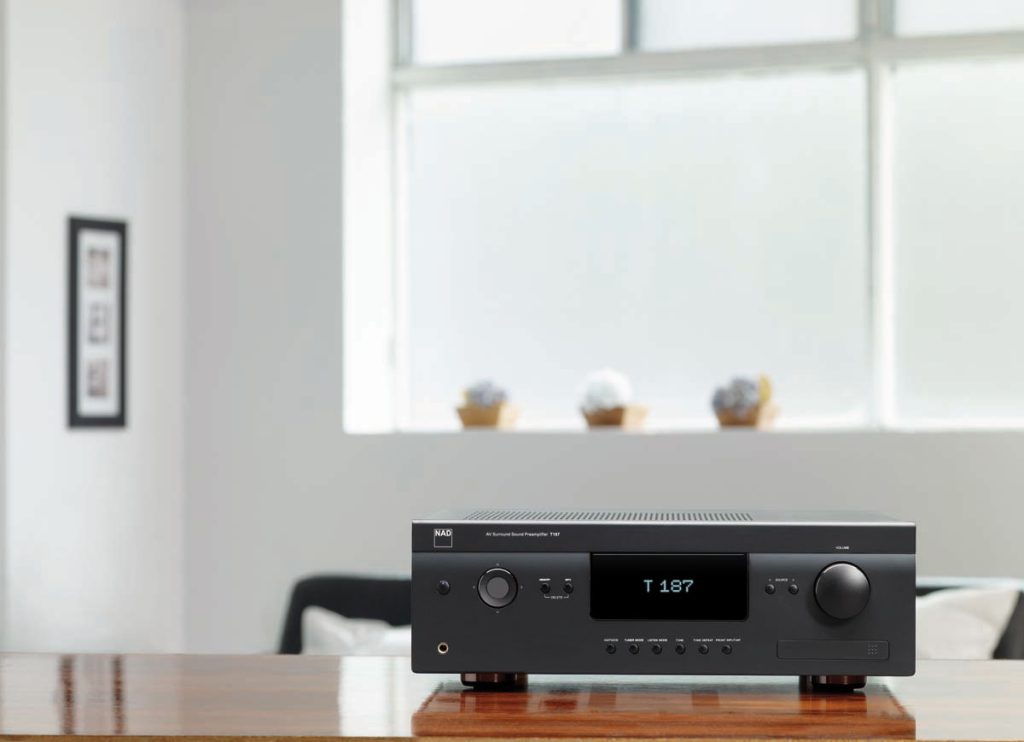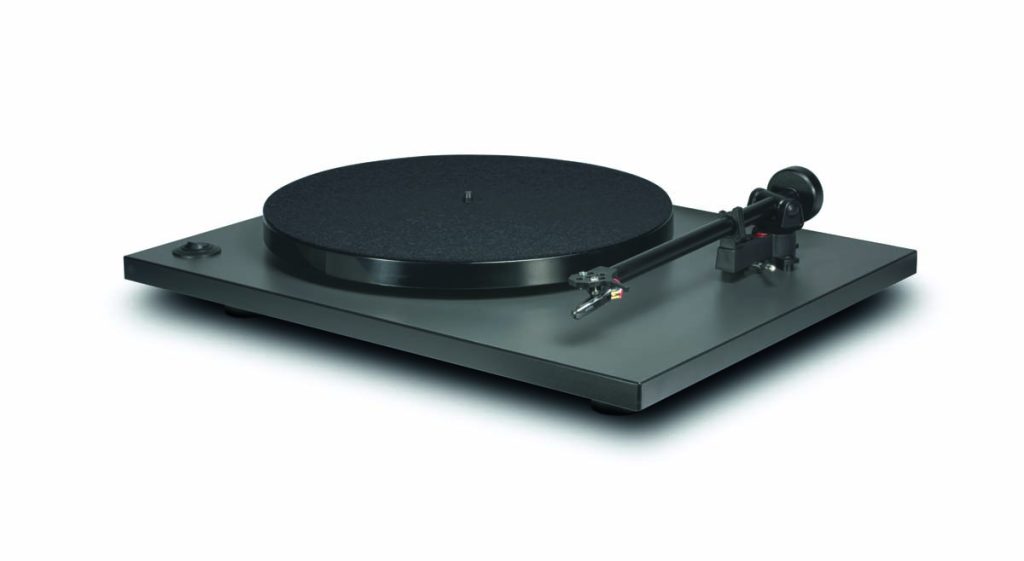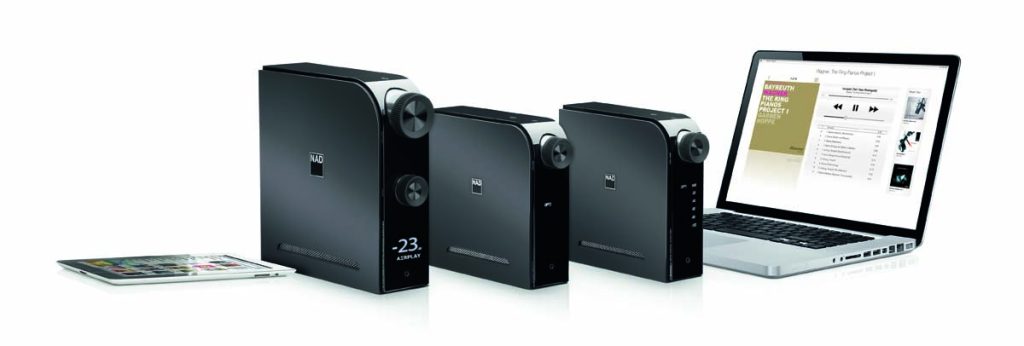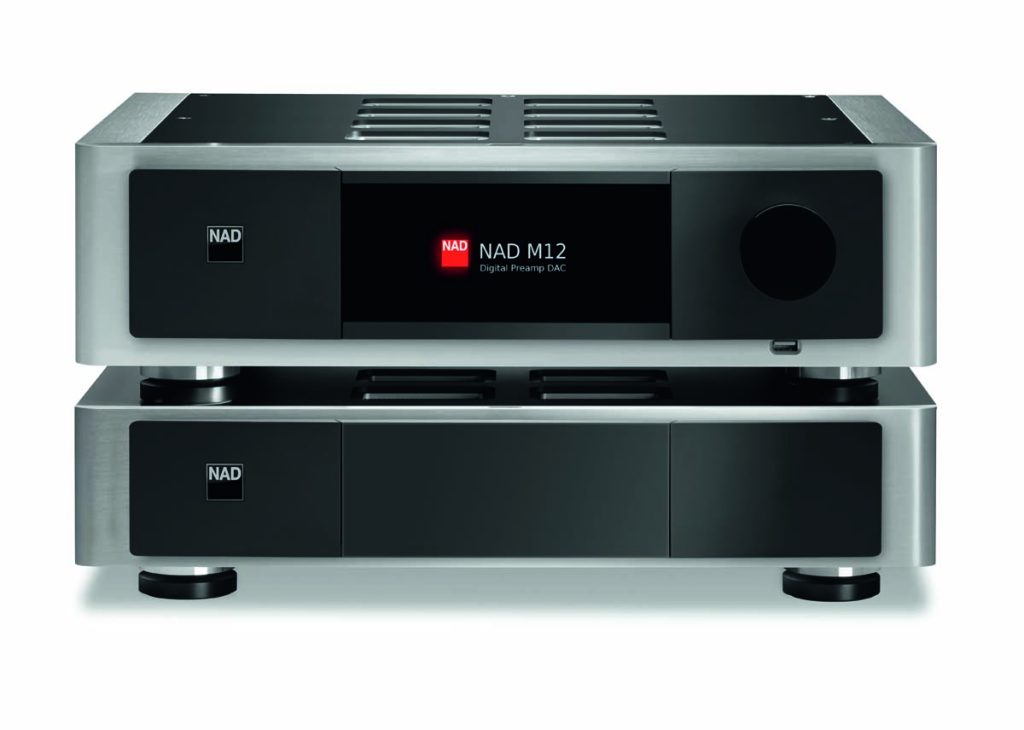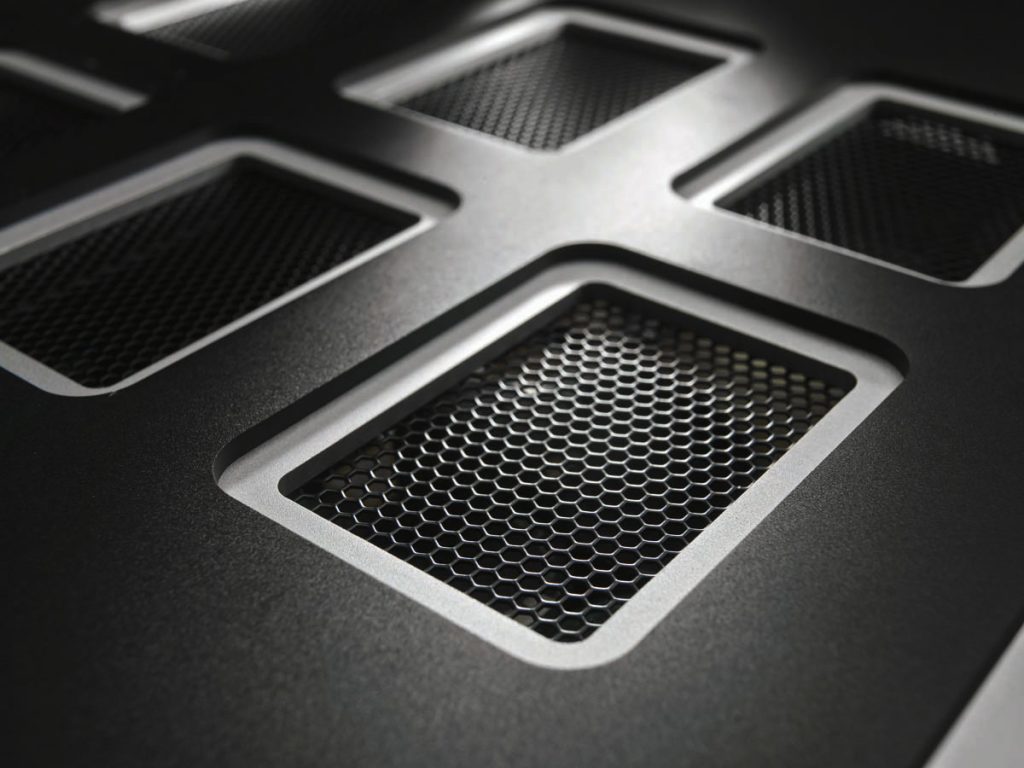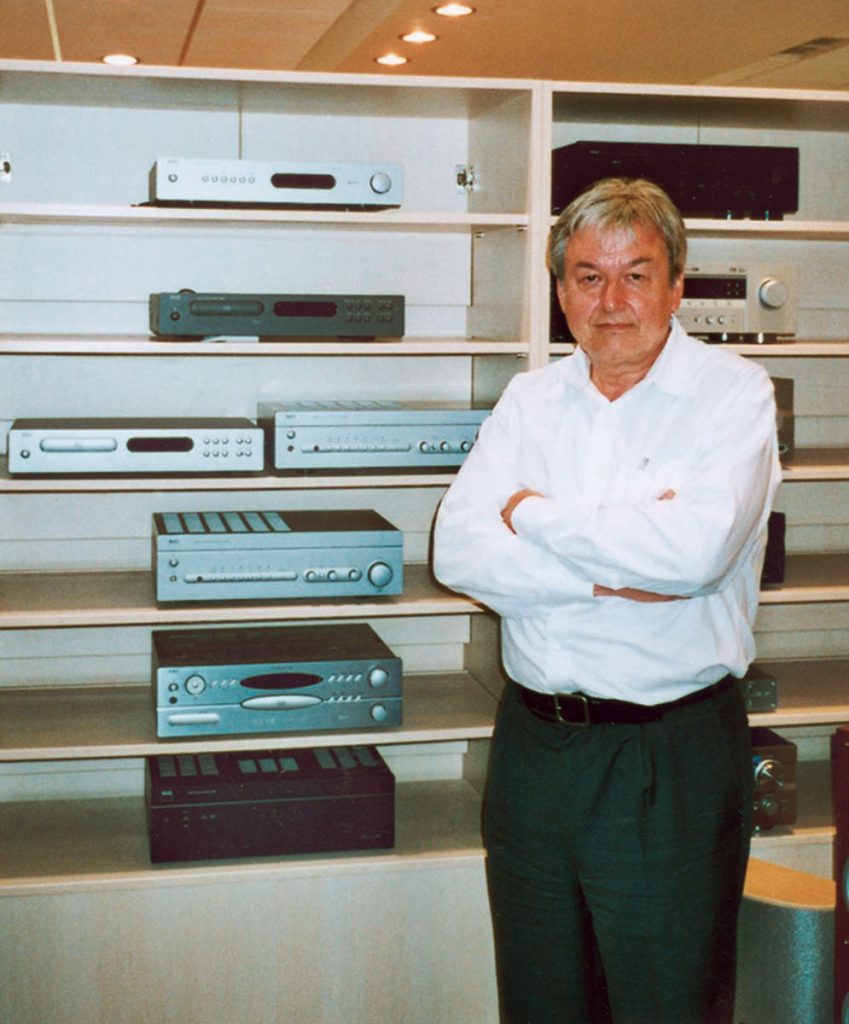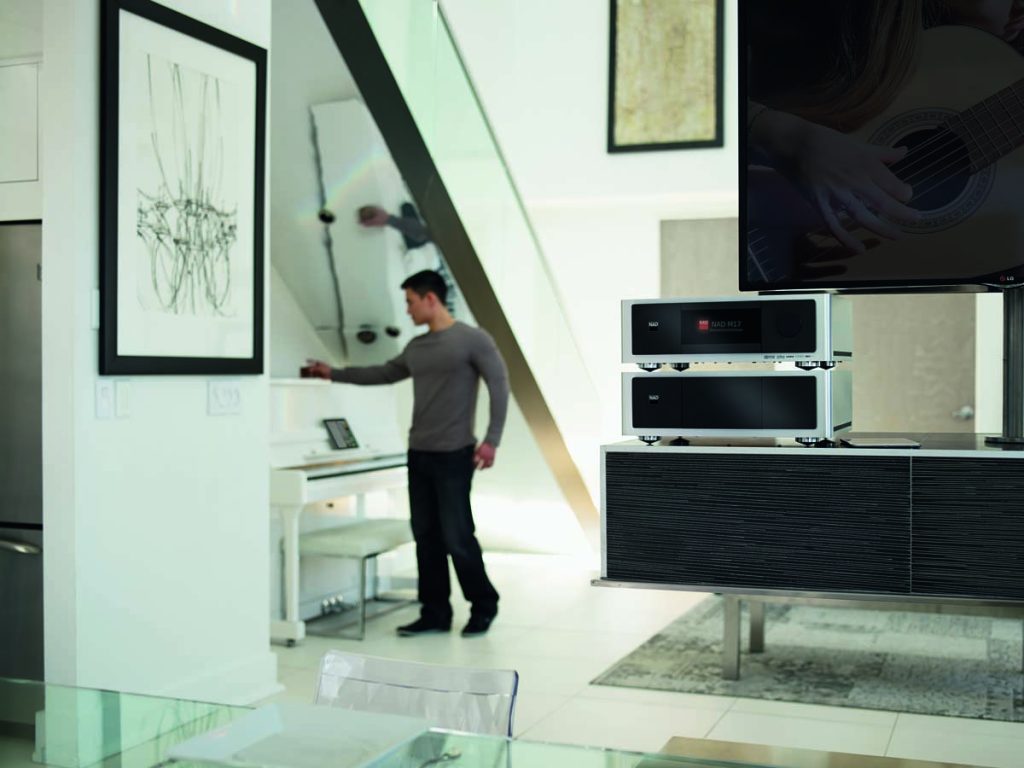The Virtue of Simplicity
Amplifiers are gradually turning into multi-functional computers. This goes against the grain for the Bjorn Erik “BEE” Edvardsen and the other founders of NAD, a company whose no-frills systems now number among the best amplifiers in the world.
During the 1960s, a change in musical style revolutionized the hi-fi world. The emergence of rock music triggered an explosion in demand for high-quality audio equipment, and the leading hi-fi manufacturers discovered a new market. Up to then, high-class audio systems had been exclusively the domain of connoisseurs, and were often hand-built.
Within a few years, however, they had become a standard product for mainstream manufacturers. Although this sounds like the dream for audiophile music lovers, there was a negative side to it as well. The technology contained within these high-end, mass-market products became far too complex, with a proliferation of functions and exorbitant prices. New Acoustic Dimension (NAD), founded in 1972 in London, decided it was time to buck this trend.
By founding their own company, Marty Borish, Bjorn Erik Edvardsen and their team were attempting to return to the basics. In the company’s own words: “We wanted to get back to the point.” They strove to return to music reproduction that was genuine, free of sound coloration, and came without any unnecessary frills such as designer cabinets. From the very beginning, the team developed their amplifiers on the basis of truly audible musicality and not just abstract measurement data. One example of this is the NAD 3020 integrated amplifier, one of the bestselling amplifiers in hi-fi history.
Launched in 1978, the NAD 3020 was the brainchild of Bjorn Erik Edvardsen (also known as “BEE”). His aim was to design a simple, affordable amplifier with an authentic sound. The product cost 280 D-mark when it was first released onto the German market. With a plain cabinet and relatively low power output, the 3020 deliberately ignored features that were often mistakenly regarded as a sign of quality at the time (and sometimes still are today). The amplifier had other qualities, such as low distortion, outstanding sound characteristics and sophisticated technologies. These are all aspects that continue to distinguish NAD components up to today.
Edvardsen opted for soft clipping, for example. This technology limits sound distortions at high volumes by gently lowering power peaks.
In this way, the amplifier protects the speakers from being overdriven, and so avoids any distortions or even damage. A further original feature of the NAD 3020 was PowerDrive technology, ensuring dynamic bass performance even at high volumes. An amplifier with PowerDrive detects strong bass impulses and, if necessary, switches silently to a higher current in order to give the speakers the power they need.
Still being used by NAD, these technologies express the principles on which NAD’s success has chiefly been built: outstanding performance, excellent value for money, and simplicity in the product itself. Less is more for NAD. In building their amplifiers, NAD has always taken a “music first” approach, i.e. they focus on optimum sound reproduction. “Despite the unassuming design, NAD has been able to win over legions of fans — and this is solely on the basis of its legendary sound quality.” NAD’s principle of value for money leads on from this. The company avoids expensive materials and concentrates its development budget on components that are relevant to sound quality. Simplicity is a further expression of this philosophy: NAD’s components are characterized by plain design, ease-of-use and an almost puritanical approach to signal processing.
From its beginnings in a small London office, NAD has grown into a brand with a global reputation. The company sells its products in over 65 countries. In Germany, it has a distribution partnership with Dynaudio. NAD was sold to the Canadian Lenbrook Group in 1999, and the company is now headquartered in Pickering, Ontario. Products are manufactured at several locations, including sites in Asia.
For over 40 years now, NAD has been focusing strictly on what it regards as the “essentials.” The success of this philosophy proves that, like its founders Edvardsen and Boris, audio enthusiasts all over the world crave an authentic musical experience. If Edvardsen has his way, the strong attachment many audiophiles have for NAD will also be passed on to coming generations: “Anyone who is not crazy about sound by the age of 40 is doing something wrong,” says Bjorn “BEE” Erik Edvardsen.
Volume up or down? A very quick interview with Sven Pieper, Product Manager NAD (at Dynaudio international) where we wanted him to respond as fast as possible.
Volume up or down? – Down.
Analog or digital? – Digital.
Tube or transistor? – Transistor.
Vinyl or download? – Download.
Cross-country run or gym? – Cross-country run.
Trends or tradition? – Tradition.
Tea or coffee? – Coffee.
Salad or steak? – Steak.
Wine or beer? – Beer.
Mountains or the sea? – The sea.
Book or screen? – Book.
Jazz club or opera house? – Jazz club.
Bach or Beatles? – Bach.
Wagner or Wacken? – Wacken.
Stand-by or plug out? – Plug out.

